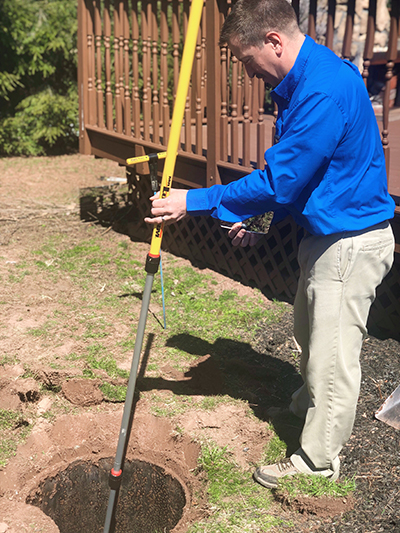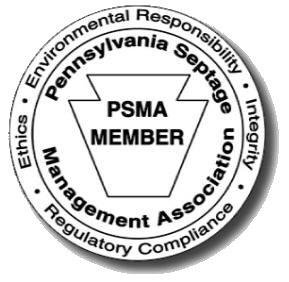Septic Inspection

Gene is PSMA (Pennsylvania Septage Management Compliance) certified to do Septic Inspections and has been a member of PSMA for several years and is affiliated with the National Onsite Wastewater Education and Research Foundation, Inc. (NOF). He has performed thousands of Septic Inspections and Hydraulic Load Tests.
What To Expect From a Septic Inspection:
First a site investigation will be performed. Lush growth or marshy areas (evidence of excess liquid), discharge pipes, surface depressions or sink holes, inappropriate landscaping such as trees planted too close to the system allowing root infiltration or other possibly damaging conditions will be noted. Next, all exposed access covers to the tanks, pipes and ports will be opened and inspected. A visual, non-invasive inspection of the construction and condition of the exposed areas of the tank, walls and baffles will be performed using a flashlight, mirror and camera. All the readily accessible components of the system will be visually inspected. Any electrical and mechanics, pumps, filters and alarms if present will be check to verify they are functioning properly. The liquid level in the tanks will be measured. Flow will be evaluated. The household plumbing will be checked to ensure all drains are connected to the main septic system, to verify there is proper venting, and check for hazardous conditions. The Inspection also includes running water into the system for at least 30 minutes, then probing the absorbtion area for indications of saturation, back-ups or ponding. It is very important that the tank not be pumped prior to the inspection. If the tank is pumped during the inspection (which is recommended) then the tank will be inspected for any deficiencies that were previously hidden below the surface scum layer.





